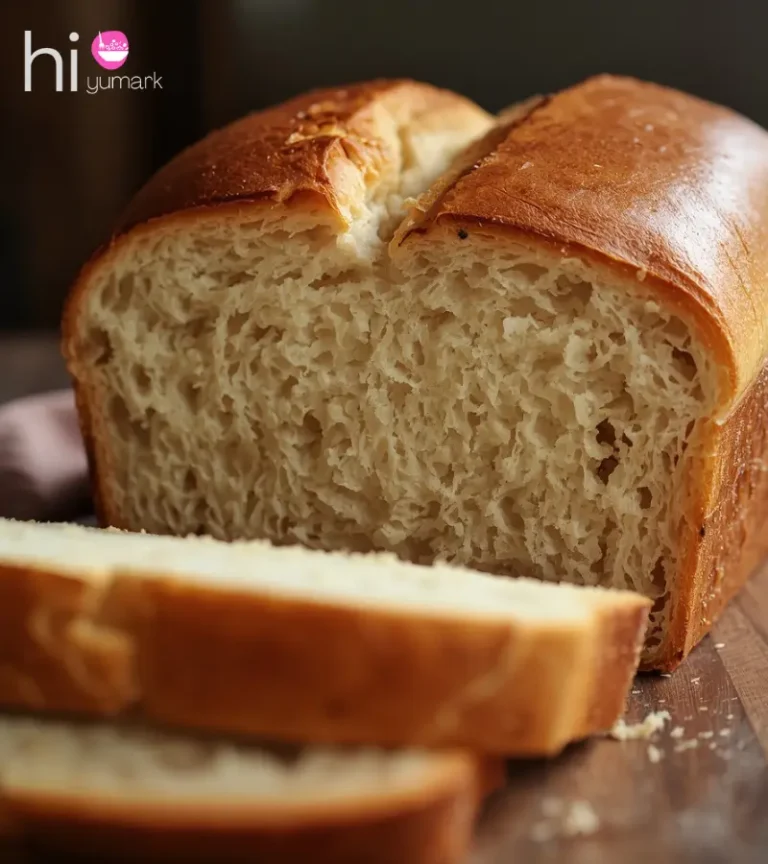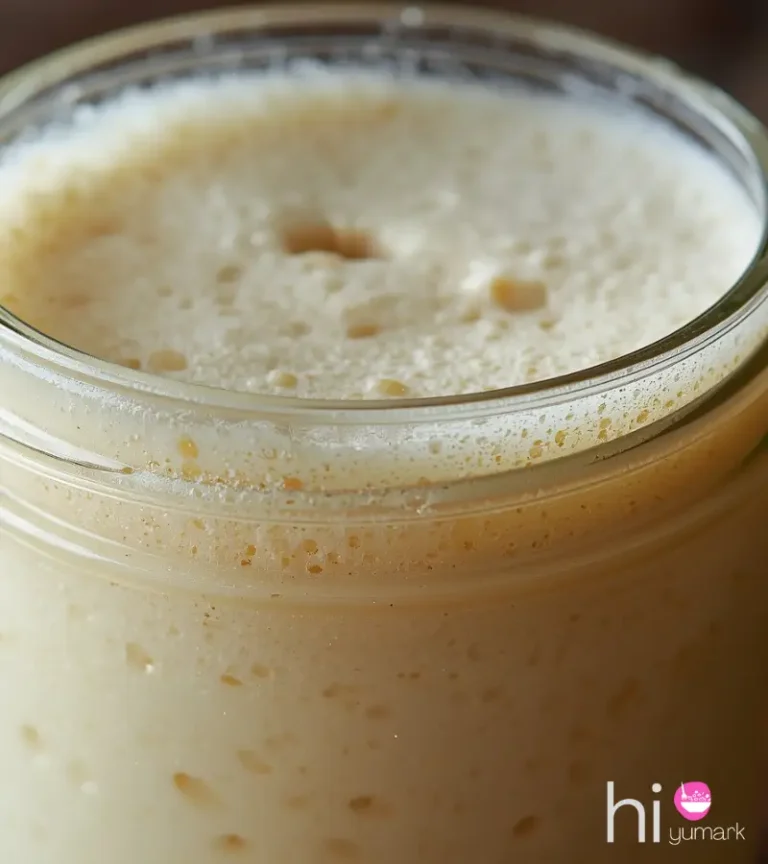What Is Amish Sourdough Starter Feed Schedule?
If you’ve ever heard of Amish sourdough starter, also known as Amish Friendship Bread starter, you might be wondering how often it needs to be fed. The short answer is: the Amish sourdough starter follows a 10-day feed schedule, where you stir it daily, feed it on Day 5, and again on Day 10 before baking or sharing.
Unlike traditional sourdough, which can require daily feeding, the Amish method is more relaxed. On Day 5, you add equal amounts of flour, sugar, and milk. On Day 10, you give it a larger feed before baking or gifting. This cycle keeps the starter healthy, sweet, and ready to use.
In this guide, we’ll break down the exact feed schedule, explain why it works, and show you how it compares to a regular sourdough starter. Let’s get started.
What Is the Amish (Friendship) Sourdough Starter?
The Amish sourdough starter is often called Amish Friendship Bread starter. It’s a sweet, yeast-based starter made with flour, sugar, and milk.
Unlike traditional sourdough, which only uses flour and water, this version is richer and slightly sweeter. It’s designed for sharing, since you divide it after 10 days and give portions to friends.
This community tradition has been around for decades and remains popular for its unique flavor and simplicity.
What’s The Standard Feeding Schedule for Amish Starter?
The starter follows a 10-day cycle.
- Days 1–4: Stir once daily.
- Day 5: Feed with 1 cup flour, 1 cup sugar, and 1 cup milk. Stir well.
- Days 6–9: Stir once daily.
- Day 10: Feed with 1½ cups flour, 1½ cups sugar, and 1½ cups milk. Divide starter into portions. Bake with one portion and share or keep the rest.
This simple rhythm makes the starter easy to maintain.
What Are the Feeding Ratios at Each Interval?
The feeding ratios are always balanced.
- On Day 5, add 1 cup of each ingredient.
- On Day 10, add 1½ cups of each ingredient.
Here’s a quick reference table:
| Day | Flour | Sugar | Milk | Action |
| 5 | 1 cup | 1 cup | 1 cup | Stir after feeding |
| 10 | 1½ cups | 1½ cups | 1½ cups | Stir, divide, bake |
Keeping these amounts consistent ensures the starter grows evenly and doesn’t lose its strength.
Why Is This Schedule Structured This Way?
The Amish starter needs sugar and milk to stay active. Feeding it on Day 5 gives the yeast enough food to last until Day 10.
The final large feeding on Day 10 gives the starter extra strength for baking or sharing. It’s a balanced cycle that keeps the yeast alive without needing constant attention.
This is why the 10-day schedule has been passed down for generations.
How Does This Compare to Typical Sourdough Schedules?
Regular sourdough starter is simpler but needs more care. It uses just flour and water. Most bakers feed it every 24 hours at room temperature, or once a week if kept in the fridge.
The Amish starter is sweeter, easier to maintain, and doesn’t require daily feeding. It’s ideal for busy bakers or those who enjoy sharing starters with friends.
If you want flexibility, Amish sourdough is much more forgiving.
How Should You Maintain Your Starter Long-Term?
You don’t always need to keep huge amounts. Storing 1–3 cups of starter is enough.
If you don’t plan to bake often, you can refrigerate it and feed it once a week instead of following the 10-day cycle. Just be sure to bring it back to room temperature before feeding.
This keeps your starter alive and ready for the next batch of bread.
Summary / Best Practices
- Stir the starter daily.
- Feed on Day 5 (1 cup each: flour, sugar, milk).
- Feed again on Day 10 (1½ cups each).
- Divide, bake, or share after Day 10.
- Store smaller amounts for easier maintenance.
By following this cycle, you’ll always have a healthy Amish sourdough starter on hand.
Conclusion
The Amish sourdough starter feed schedule is simple: stir daily, feed on Day 5, and feed again on Day 10. This rhythm is easy to follow and keeps the yeast strong without the constant care of regular sourdough.
With balanced feeds of flour, sugar, and milk, your starter will stay active and flavorful. Whether you want to bake a loaf or share with a friend, this 10-day cycle makes it stress-free.
If you enjoyed this guide, come back for more recipes, tips, and baking traditions that you can try at home. Keeping these methods alive is as much about community as it is about great food.
Read related Amish recipe queries






